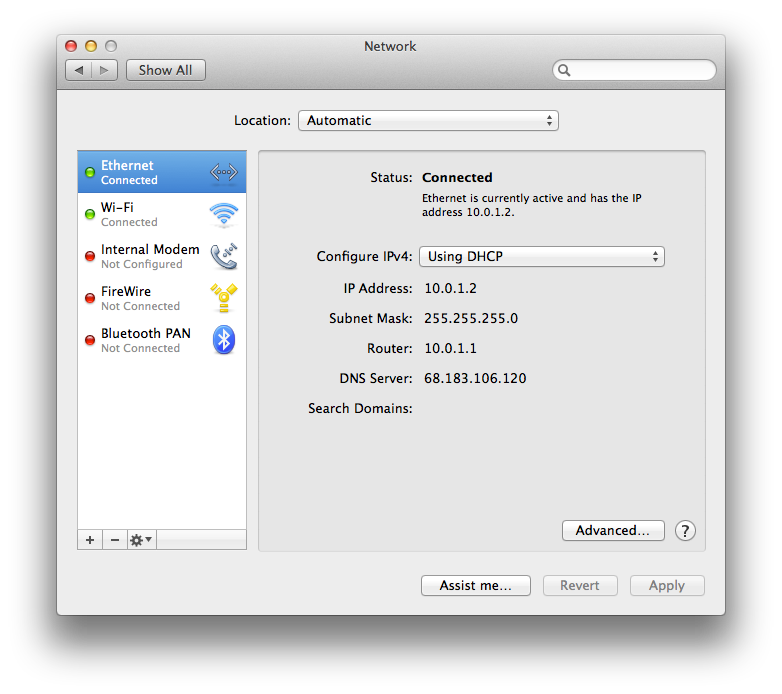

Plug the other end into any of the available LAN ports on your. However, if you have several devices connected to the AP, then you may see an increase in speed. Plug a Cat5 Ethernet cable into your Airports WAN port (the port just above the power socket).


Report an incorrect record in this productĪpple Support – AirPort Express 802. 1 Answer Sorted by: 1 I would not expect a significant Signal Boost from Cabling the connection back to the main network.
#Airport express ethernet ports manual#
IPv6 (6to4 and manual tunnels) Connections Ports 2 – Ethernet 10/100BASE-Tġ – 3.5 mm mini-audio jack for analog or optical digital sound Storage None AirPlay Yes (AirPlay and AirPlay 2) Power over Ethernet No WEP (40-bit or 128-bit encryption) Capacity 50 users MIMIO Config 2×2:2 Supported Protocols NAT Today AirPort Express 802.11n 2nd Generation is 11 years old! Source: – AirPort Express 802.11n 2nd Generation AirPort Express 802.11n 2nd Generation Release Date and Original Price Introduced JDiscontinued ApModel Number A1392 Order Number MC414LL/A Original Price $99 Weight 8.5 oz.Ģ40 Grams Dimensions 3.9″ D x 3.9″ H x 0.9″ Wĩ.9 cm D x 9.9 cm H x 2.28 cm W Wireless Wireless Data Range Up to 300 Mbps Compatibility Wi-Fi (802.11a/b/g/n) Frequency 2.4 GHz and 5 GHz simultaneously Radio Output Power 20 dBm (maximum) Security WPA This AirPort Express has been discontinued on April 27, 2018.
#Airport express ethernet ports tv#
New AirPort Express supports AirPlay and AirPlay 2 protocols. Initial configuration: Mac mini (100/1000BASE-T)->Gigabit switch->AirPort Express (10/100)->802.11n->Samsung TV Final configuration: Mac mini (100/1000BASE-T)->Gigabit switch->Samsung TV (10/100BASE-T) ethernet 802. Select version: Table of Contents Cables you can connect to your AirPort base station The table below describes the types of cables used with AirPort Extreme, AirPort Express, and AirPort Time Capsule. Tip- Alternative Procedure: you can unplug Cable/DSL modem from. There's also an argument to be made that most consumers don't have high-bandwidth needs within their own homes, and care mostly about getting to the Internet, and most home broadband connections are slower than 100 megabits/sec anyway.Lacked a modem and two RJ-45 ethernet ports, but featured an analog/optical digital audio post instead. Please connect Ethernet Cable from your Cable/DSL modem to your Airport Extreme WAN port. Because wireless Ethernet has a lot more overhead than wired Ethernet, the maximum TCP throughput you could get would be around 72-80 megabits/sec, which 100BASE-T can handle just fine. So a 2x2:2 (2 transmit radios, 2 receive radios, capable of 2 spacial streams) system like the AirPort Express, limited to 20MHz channels, can only get a 144.4 megabits/sec maximum signaling rate. Note here that Apple limits all their 802.11n gear to only use 20MHz-wide channels in 2.4GHz, in order to "be a good neighbor" and leave room in the band for other 2.4GHz devices to use, such as Bluetooth. Since AirPort Express is one-band-at-a-time, most people are going to put it in 2.4GHz so that their 2.4GHz-only equipment like their iPhones and iPod touches and legacy hardware can still connect. It could be that the only SOCs at that time that had GigE took too much power or dissipated too much heat or plain cost too much to build a successful product around.Īlthough this particular limitation might mean it's not an ideal product for your situation, I'm not sure it's that big of a deal for most consumers. When hardware products have nonintuitive limitations like this, it's often because at the time the product was designed, there was no good SOC (System-on-a-chip a single chip with CPU, I/O, and possibly RAM and FlashROM) that met all of the design goals, and no good way to supplement a "close enough" SOC with external chips and still meet the design goals for cost, power, thermal, size, etc.


 0 kommentar(er)
0 kommentar(er)
